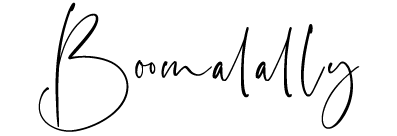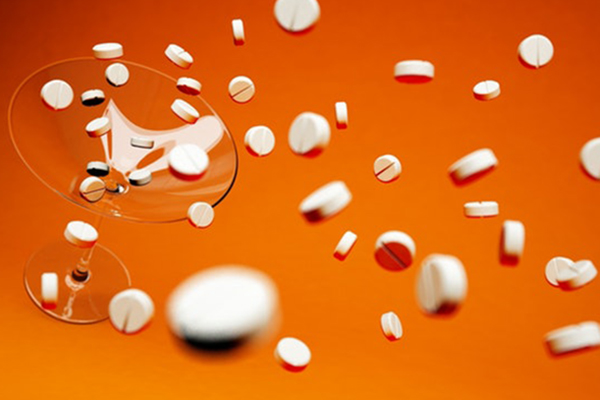
Hope, Trust or Fear Regarding a Serious Medical Diagnosis: The Choice May Be Our Own
Change is constant in modern medicine and the healing arts. Oh boy, is it! Our understanding of both worlds is vastly different than it was 10, 20, or 30 years ago. How different? Let’s take a walk.

We have learned so much from other countries and cultures about alternative ways of healing. Those ways have to do with BUILDING the body so that it takes care of problems on its own. For instance, people are slowly realizing the healing power of fruits and vegetables. Who knew? Those homeopathy doctors who told us so—and who said all disease begins in the gut–I guess it takes a while for us to catch on.
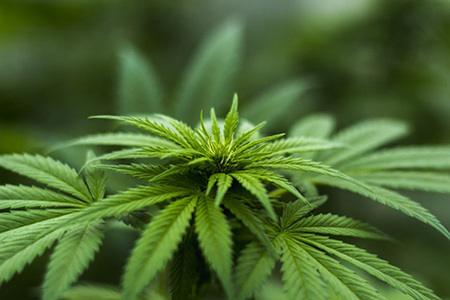
With the legalization of marijuana slowly taking hold in the United States, so too is the use of medical marijuana to combat anxiety, chronic pain, stress, ADHD, inflammation, and more. Researchers also are beginning to conduct human medical trials with cannabis (CBD) microdosing, which involves administering tiny amounts of cannabidiol to test its effectiveness in reducing inflammation and incidents of seizures. Outcomes are promising.
On the pharmaceutical side, manufacturers are exploring new applications of existing drugs, such as the use of Low Dose Naltrexone(LDN) to reduce symptom severity in patients with fibromyalgia, multiple sclerosis, Crohn’s disease, hypothyroidism, chronic fatigue syndrome (ME/CFS), and certain types of cancer. Typically prescribed to reduce withdrawal symptoms associated with opioid or alcohol dependence, LDN also has the potential to change the future of pain management. These and other discoveries are in our immediate future and, thanks to 21st century communication media, can be shared in minutes by scientists and practitioners globally.
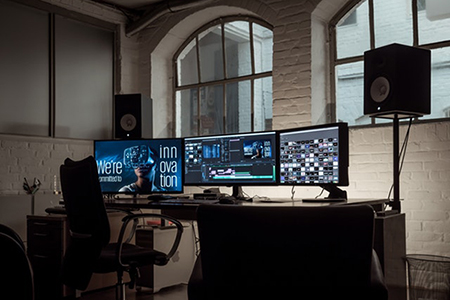
Other wonders abound, too. For example, studies are underway to test a ground-breaking treatment for paralysis, which involves surgically implanting a device into the spinal cord structure that delivers electrical current that can help move and direct targeted muscles. The procedure is called epidural electrical stimulation (EES), is now FDA-approved, and is showing promise as a treatment for paralysis. Likewise, neuroscientists at Johns Hopkins University are partnering with engineers, animal experts, artists, and entertainment industry experts to create and assess an innovative, immersive, underwater experience that helps stroke victims recover motor function faster than traditional stroke treatments.
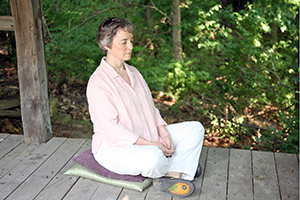
Such advancements in healing are compelling and exciting. You can do your own research and see that definitions of “chronic” and “terminal” illnesses are changing. What does this mean for you and me? If you receive a chronic or terminal diagnosis from a doctor in 2019, it no longer is a death sentence—in fact, far from it. However, fighting for your life DOES mean becoming one of the world’s foremost experts on your condition. Each of us must be able to imagine a life where we seek out treatments on our own and find credible doctors and practitioners who can offer viable alternatives.
In short, modern medicine and the healing arts are evolving rapidly and affording us with alternative therapies that we only dreamed of several decades ago. The responsibility is ours to stay abreast of those developments if we receive a serious medical diagnosis. Hope, trust or fear—in the end, the choice to live or die may be our own.
